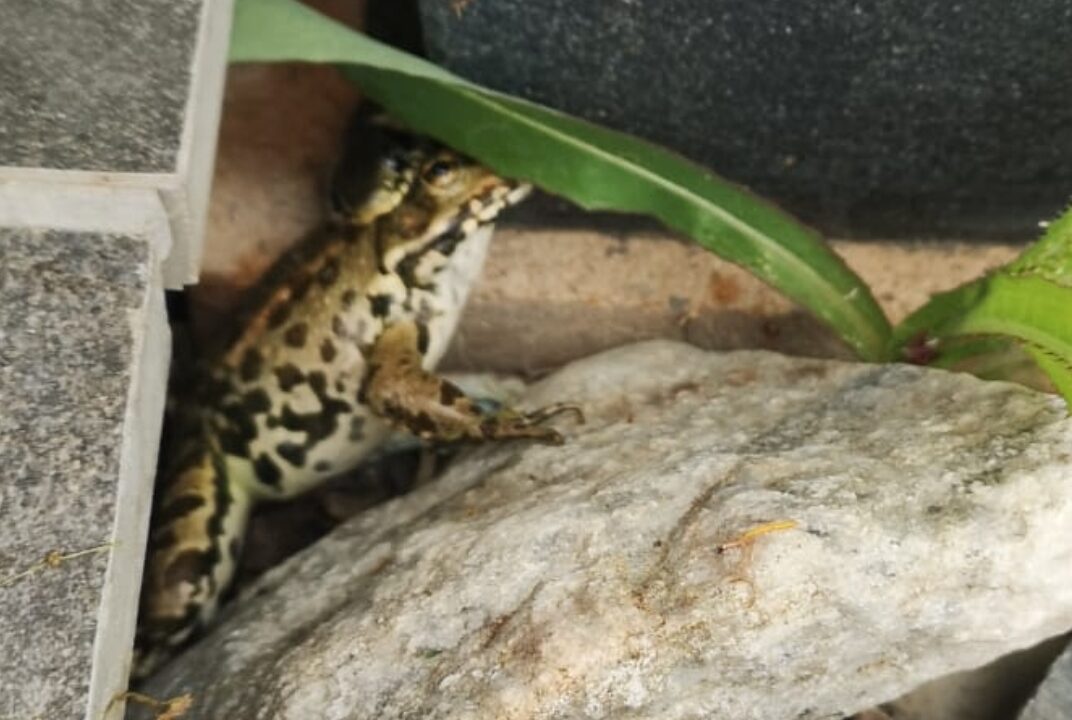
In today's hectic world, more and more people are looking for oases of peace in their own gardens. A swimming pond with plants not only provides a natural and relaxing environment, but also attracts a variety of wildlife. In this article, we explore the fascinating wildlife of a landscaped pond, from the beneficial inhabitants to the challenges of algae infestations and spring maintenance.
A swimming pond is not only an architectural jewel in a garden, but also a living ecosystem that harbours a variety of animals and plants. The integration of plants in the pond not only enhances its aesthetic appeal, but also creates a natural balance that is crucial for the well-being of its inhabitants.
Animal life in the swimming pond:
A swimming pond automatically attracts various animals that revitalise the ecosystem. From tiny aquatic insects to elegant dragonflies and usually with lots of frogs and toads, numerous creatures find a habitat. However, as everywhere in nature, there is a balance between beneficial and less desirable inhabitants.
Useful residents:
Dragonfly larvae and water beetles are not only fascinating to look at, but also help to keep unwanted insect populations in check by eating their larvae. They also help to pollinate plants and maintain the ecological balance.
Harmful creatures:
Unfortunately, unwanted guests such as snails and algae can also disturb the ecological balance. Snails can damage plants and algae can overgrow the pond if the balance is disturbed. However, the right care and management can help to minimise these problems. From my own experience, I can say that eliminating algae is a really big problem, especially if you want to do without chemicals.
Snakes and frogs:
Recently, my husband found a snake in front of our patio that had just bitten into a frog (photo!). Due to the extremely loud screaming of the frog, the frog was saved at the last second when my husband bravely grabbed the snake behind the head area and it let go of the frog in distress. The frog immediately jumped into the safe pond and disappeared. Snakes also play an important role in the ecosystem and help to maintain the balance. Nevertheless, I would be grateful if they didn't do this in our swimming pond. Frogs and toads can be extremely noisy. This usually starts in April and continues throughout the spawning season until the end of June.
Algae infestation and spring maintenance:
Algae can be one of the biggest challenges for pond owners. An overgrowth of algae in the pond can not only cloud the water, but also cause a lack of oxygen and hinder the growth of other plants. Proper maintenance and regular water quality checks can help to prevent or combat algae infestations.
Spring maintenance is a crucial phase for a swimming pond. After the winter, dead plants must be removed, the pond cleaned and the biological balance restored. This can be done by adding fresh plants or equalising the nutrients.
Advantages and disadvantages of a swimming pond:
Advantages:
- Natural beauty (summer and winter) and relaxing surroundings
- Promoting biodiversity in your own garden
- Chemical-free swimming for a healthier experience
Disadvantages:
- Requires regular maintenance and a lot of care
- Susceptible to algae growth
- Higher initial costs compared to a conventional pool
A swimming pond with plants is not only an enrichment for any garden, but also a living ecosystem that brings nature closer. With the right care and attention, a swimming pond can become a harmonious retreat that harmonises people and nature.


